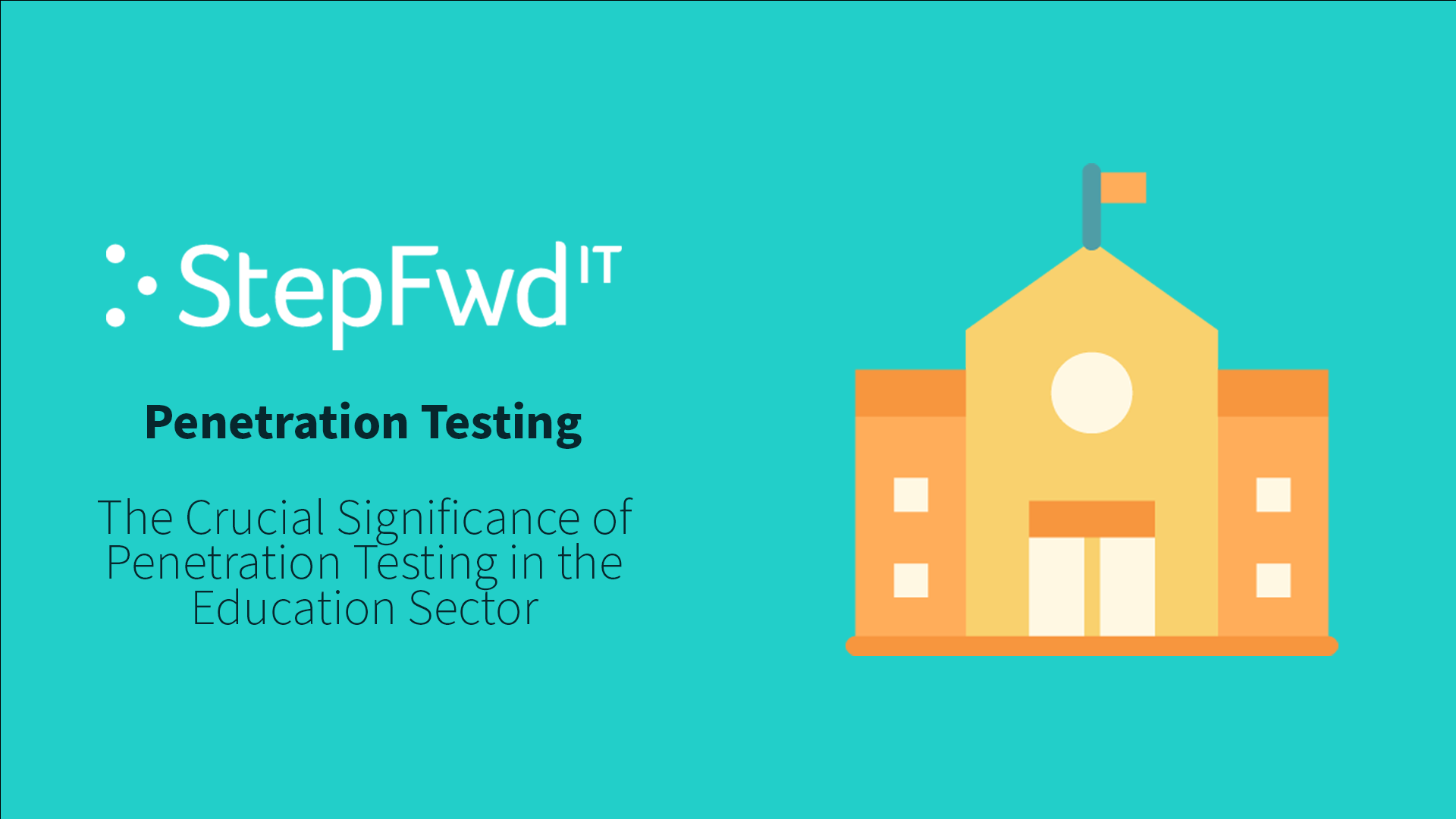
The Crucial Significance of Penetration Testing in the Education Sector
In an age dominated by digital landscapes, educational institutions are not just repositories of knowledge; they are also data-rich entities with sensitive information about students, faculty, and staff. With the increasing reliance on technology in the education sector, safeguarding these digital domains becomes paramount. One indispensable tool in the arsenal of cybersecurity for educational institutions is penetration testing.
Understanding Penetration Testing
Penetration testing, often referred to as pen testing or ethical hacking, is a proactive cybersecurity approach aimed at identifying vulnerabilities in a system, application, or network infrastructure. For educational institutions, this process involves simulated cyberattacks on their IT infrastructure to uncover weaknesses that malicious actors could exploit.
Why the Education Sector Needs Penetration Testing
1. Protecting Sensitive Data
Educational institutions store a treasure trove of sensitive data, including student records, financial information, and research data. Penetration testing helps fortify digital defenses, ensuring that this information remains confidential and secure.
2. Preventing Disruptions to Learning
Cyberattacks can disrupt the normal functioning of educational institutions, affecting everything from online learning platforms to administrative operations. Pen testing helps identify and address vulnerabilities before they can be exploited, ensuring a seamless learning experience.
3. Safeguarding Intellectual Property
Educational institutions often engage in research and development. Pen testing safeguards intellectual property by preventing unauthorised access to research databases, proprietary software, and sensitive academic materials.
4. Compliance and Regulatory Standards
Many education institutions must adhere to strict compliance and regulatory standards. Penetration testing helps ensure that these institutions meet the necessary cybersecurity requirements.
5. Preventing Financial Loss
Cybersecurity incidents can result in financial losses due to system downtime, legal repercussions, and the cost of recovering from a breach. Pen testing helps identify vulnerabilities early, reducing the risk of financial losses associated with cyber incidents.
6. Preserving Reputation
A cybersecurity breach can tarnish the reputation of an educational institution. Parents, students, and stakeholders expect their data to be handled with care. Regular testing demonstrates a commitment to security, fostering trust within the community.
Implementing Penetration Testing in Education
1. Comprehensive Assessment
Conduct a thorough assessment of the entire IT infrastructure, including servers, networks, applications, and databases.
2. Scenario-Based Testing
Simulate real-world cyberattacks to understand how systems respond and identify potential weak points.
3. Regular Testing
Cyber threats evolve, and so should cybersecurity measures. Regular pen testing ensures that defenses are up-to-date and effective against the latest threats.
4. Collaboration with Professionals
Engage with cybersecurity experts that specialise in penetration testing to ensure a comprehensive and unbiased assessment.
Partnering with Step Fwd IT
Safeguard your academic ecosystem with Step Fwd IT’s specialised penetration testing services. Tailored for educational institutions, our experts collaborate to identify vulnerabilities, fortify defences, and ensure the resilience of your digital learning environment.
Experience the efficiency and precision of our penetration testing system. Following a thorough examination, receive a confidential report detailing discoveries, uncovering vulnerabilities and associated risks. Empower your IT team with this knowledge to strategize solutions, or let us assist in patching vulnerabilities, fortifying your network, and minimizing the risk of cyber threats to your organisation.
Elevate your cybersecurity defences today. Schedule a penetration test with us and take proactive steps to stay ahead in the ongoing battle against cyber threats.